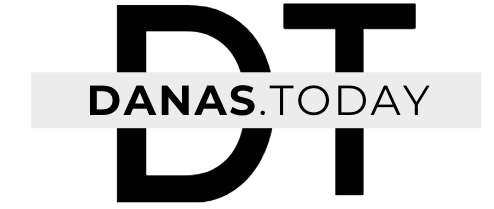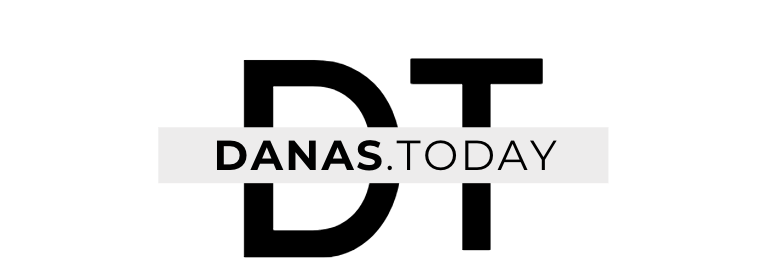Editor’s be aware: This submit is a part of our weekly Within the NVIDIA Studio collection, which celebrates featured artists, provides inventive suggestions and tips and demonstrates how NVIDIA Studio know-how improves inventive workflows.
With regards to changing 2D ideas into 3D masterpieces, self-taught visible growth artist Alex Treviño has confidence within the potential of all aspiring creators.
“It’s possible you’ll suppose it’s a sophisticated course of, however belief me, it’s simpler than you suppose,” he mentioned.
The featured content material creator of this week’s Within the NVIDIA Studio installment, Treviño is the founding father of AENDOM, a mission with the mission of making art work rooted in storytelling components and sharing inventive processes to coach and encourage the subsequent technology of artists.
From this initiative, the Lunar Rover assortment was born.
Taking pictures for the Moon
The story behind the Lunar Rover assortment comes from an exploration of grief and impressed by the work of artist Mattias Adolfsson.
Nevertheless, Treviño wished to translate Adolfsson’s detailed and playful caricature type into his personal 3D design.
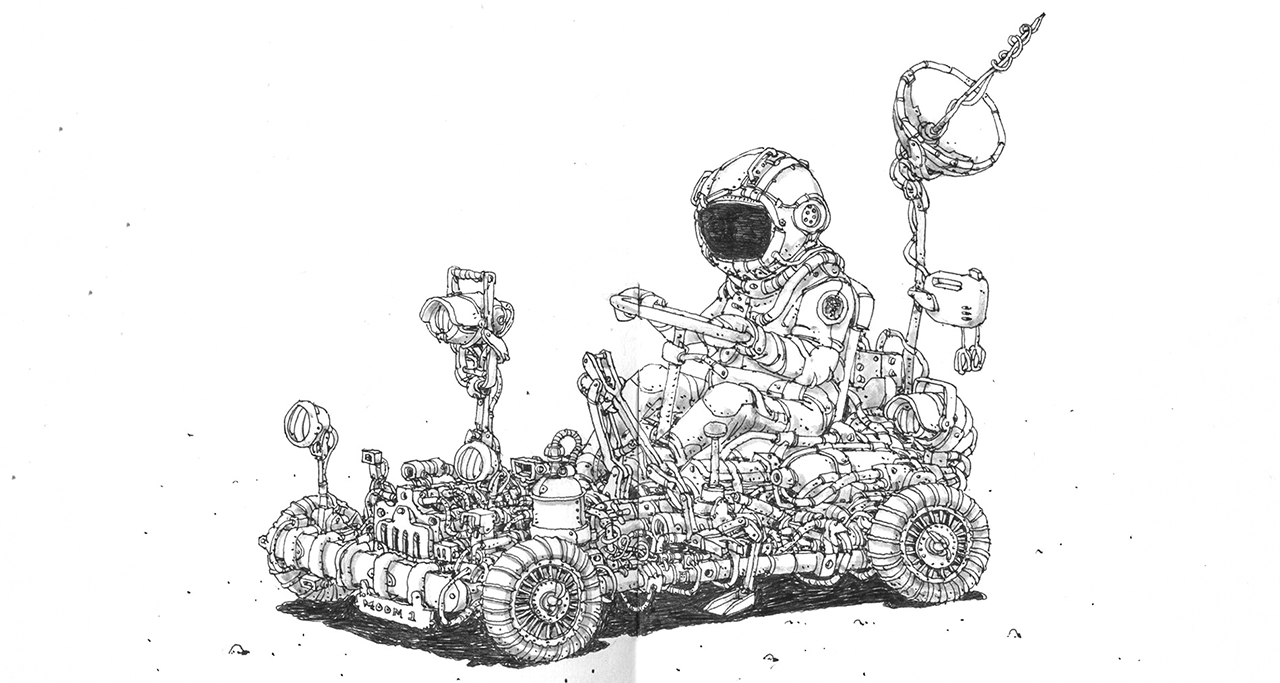
Treviño began gathering reference imagery and creating temper boards with the standalone program PureRef, which allowed him to play with completely different views and types whereas within the conceptual section.
“I wished the character to discover a desolate panorama the place it’s clear that, regardless of loneliness and abandonment, he continues to discover in allusion to the feelings of grief,” Treviño mentioned.
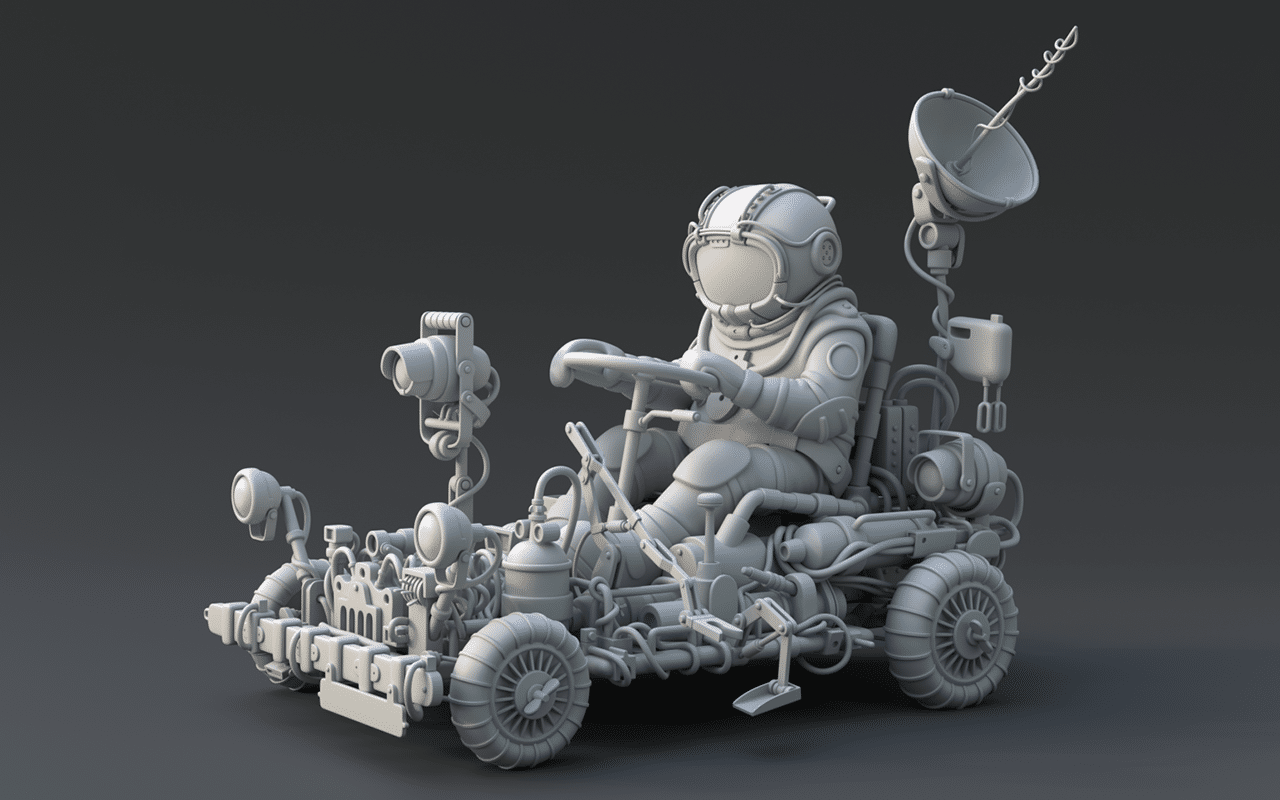
He then formed and sculpted fashions in his most well-liked 3D app, Blender. Utilizing its Cycles’ RTX-accelerated OptiX ray tracing within the viewport, powered by his GeForce RTX 3080 Ti GPU-equipped PC, Treviño unlocked interactive, photorealistic modeling with easy motion within the viewport.
“NVIDIA GPUs have a variety of help and highly effective efficiency, which ensures that I can depend on my GPU to work appropriately and render photographs quicker and with greater high quality,” mentioned Treviño.
Subsequent, Treviño utilized UV mapping to his fashions, which allowed him to texture them in Adobe Substance 3D Painter to create practical, detailed textures.
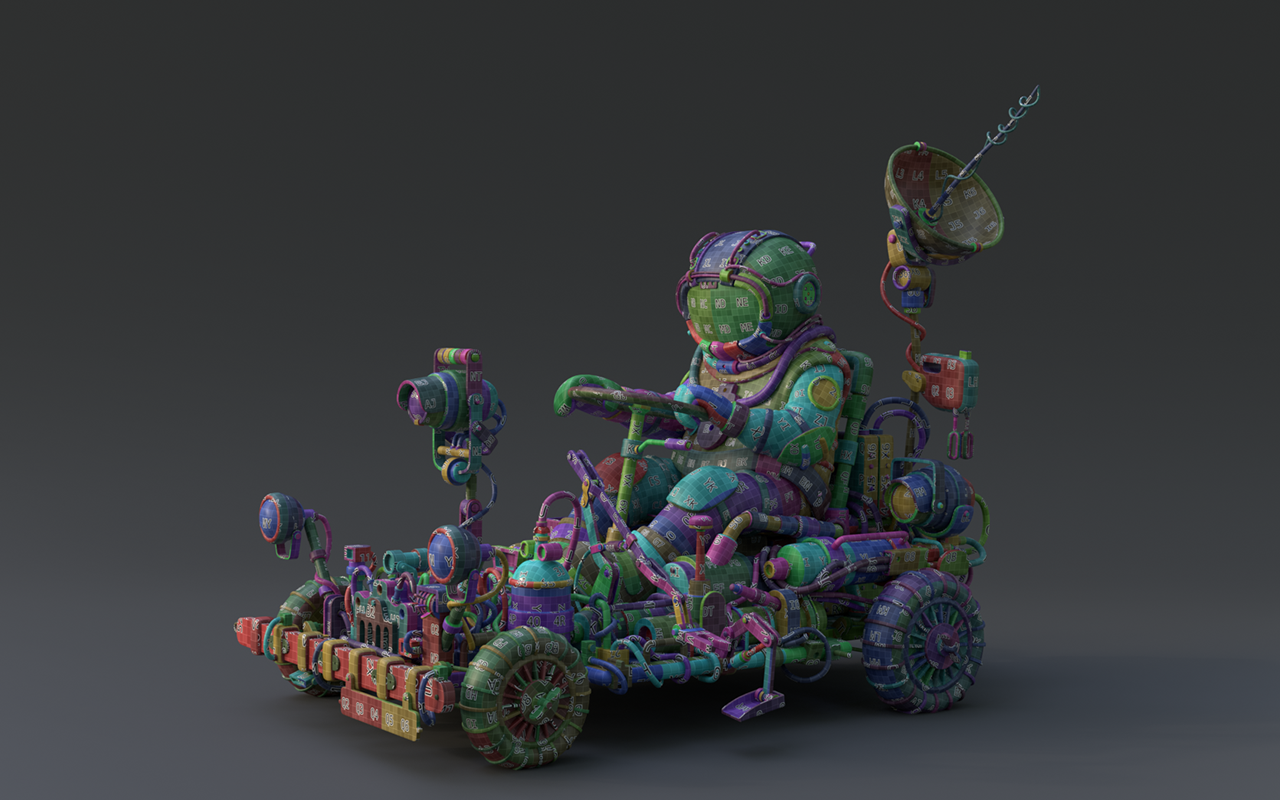
RTX-accelerated mild and ambient occlusion baking optimized property in mere moments.
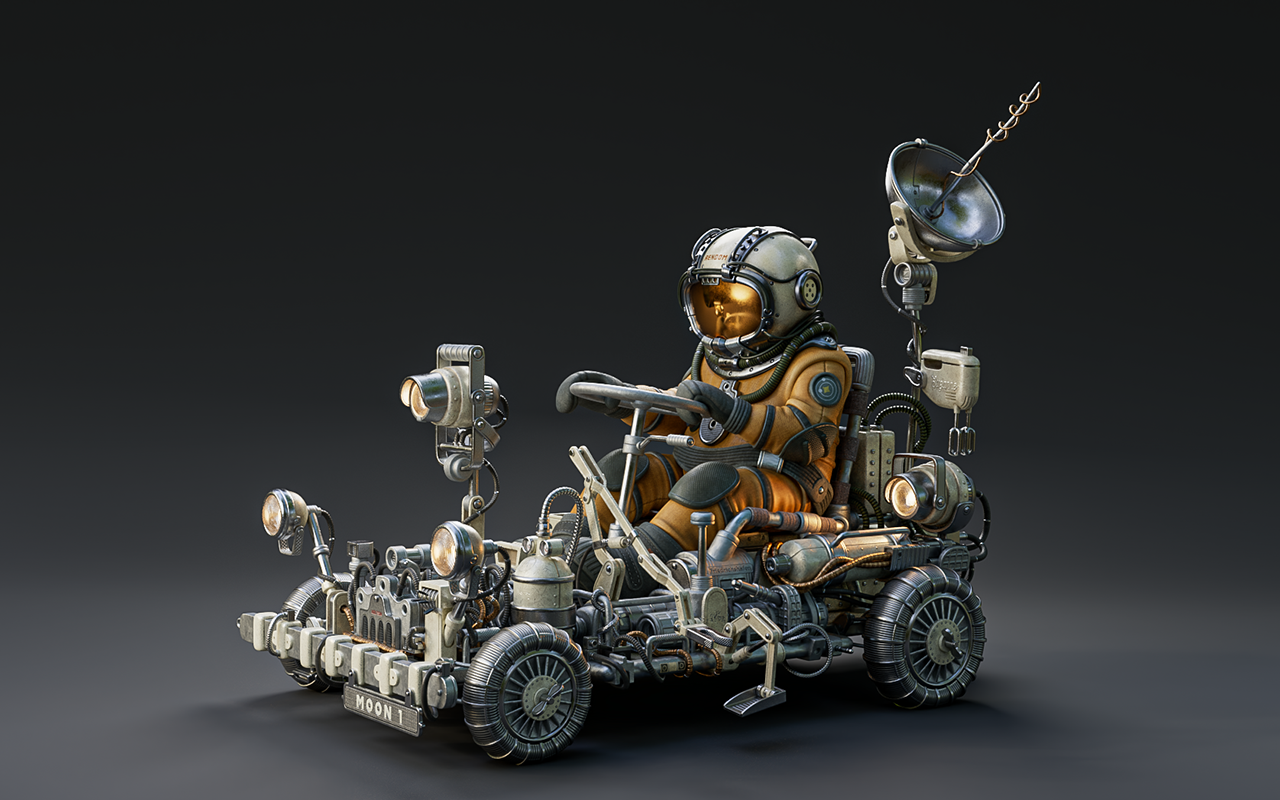
“My GeForce RTX GPU’s capabilities have been important whereas texturing,” Treviño mentioned. “Motion with out lag and the flexibility to make speedy materials modifications effortlessly have been particularly useful whereas swapping appears to be like.”
Treviño moved to Adobe Illustrator to create alphas — colour parts that characterize levels of transparency or opacity of colours — in addition to masks and patterns.
“GPU acceleration and AI-enabled options are important instruments, as they permit me to work extra effectively and produce higher-quality outcomes,” mentioned Treviño.
He returned to Blender, profiting from RTX-accelerated OptiX ray tracing in Blender Cycles for the quickest final-frame render.
Lastly, Treviño imported the mission into Adobe Photoshop for postproduction work, together with adjusting colour grading, sharpness, noise and chromatic aberration, and utilizing look-up tables for retouching — only a few of the 30+ GPU-accelerated options at his disposal.
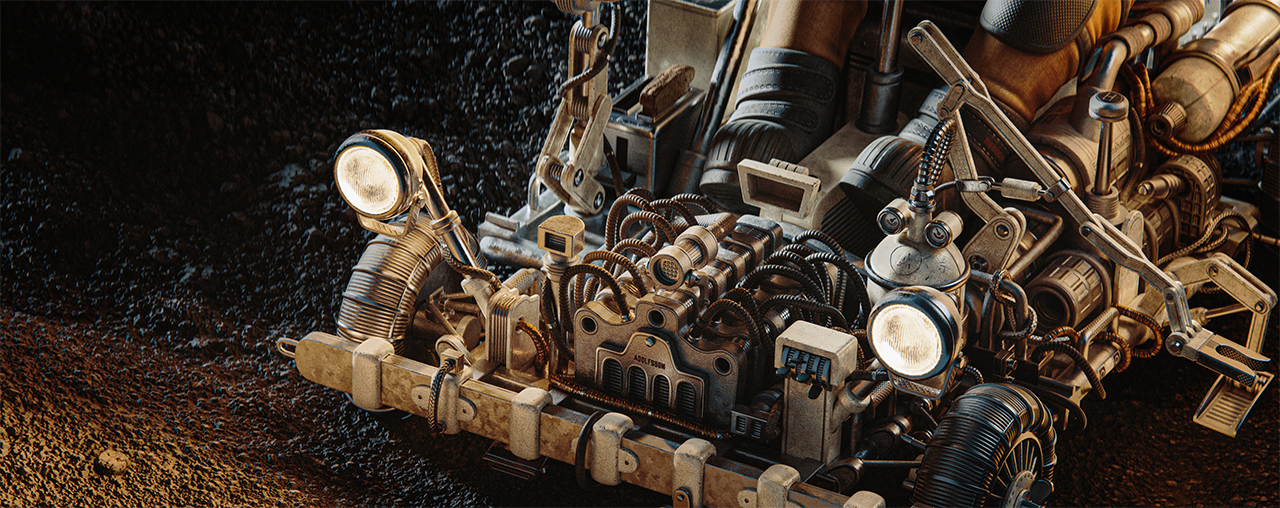
The tip end result achieved Treviño’s aim of making a desolate panorama and alluding to the feelings of grief.
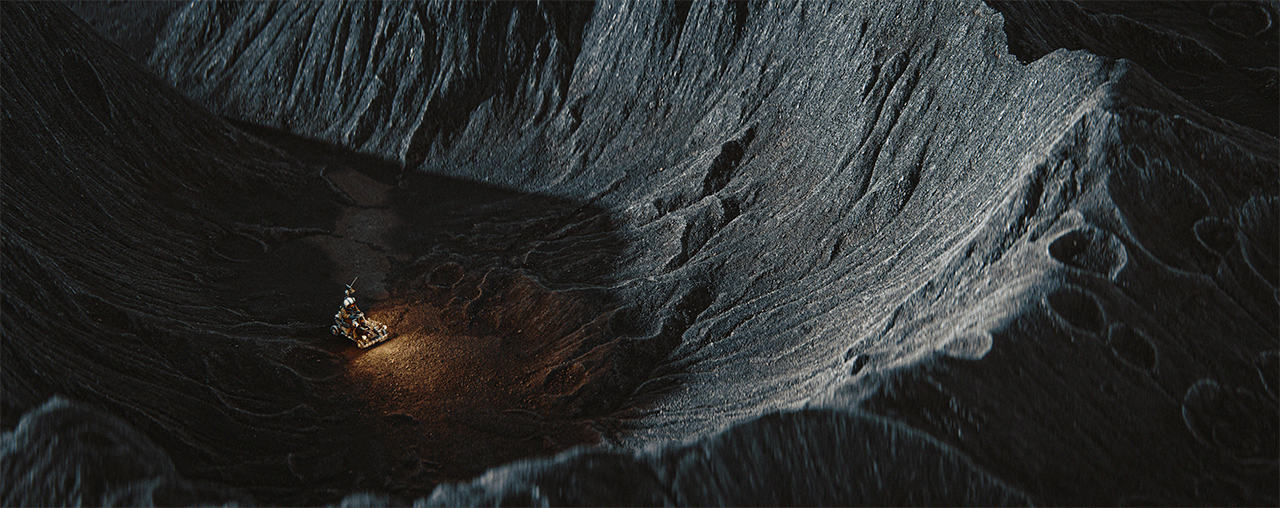
For a extra detailed have a look at Treviño’s inventive course of, take a look at his five-part tutorial collection, Creating 3D Lunar Rover w/ Alex Treviño, stay on the NVIDIA Studio YouTube channel.
https://www.youtube.com/playlist?record=PL4w6jm6S2lzvy-mfeIHJiAmqN6ARz-DJt
Uncover unique step-by-step tutorials from industry-leading artists, inspiring group showcases and extra, powered by NVIDIA Studio {hardware} and software program.
Lunar Classes Realized
Treviño has three monumental items of recommendation for aspiring artists:
- Be taught the fundamentals of your complete pipeline course of. Find out about modeling, texturing, rendering, post-production, advertising and promotion. Experience throughout the board isn’t required however common understanding of every step is.
- Don’t be afraid to experiment. One of the best ways to study is by doing. Attempt new issues and experiment with completely different strategies. Errors will result in progress and developed artistry.
- Discover a group of like-minded artists. Join in a number of communities to study from others, share work and get worthwhile suggestions.

Try Treviño’s portfolio on Instagram.
Observe NVIDIA Studio on Instagram, Twitter and Fb. Entry tutorials on the Studio YouTube channel and get updates instantly in your inbox by subscribing to the Studio publication.
